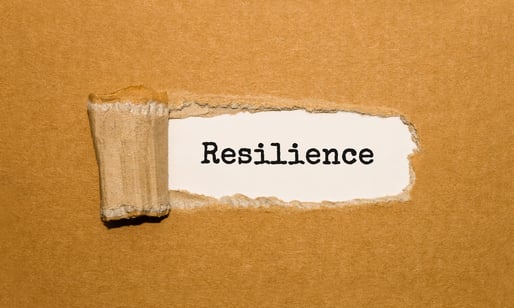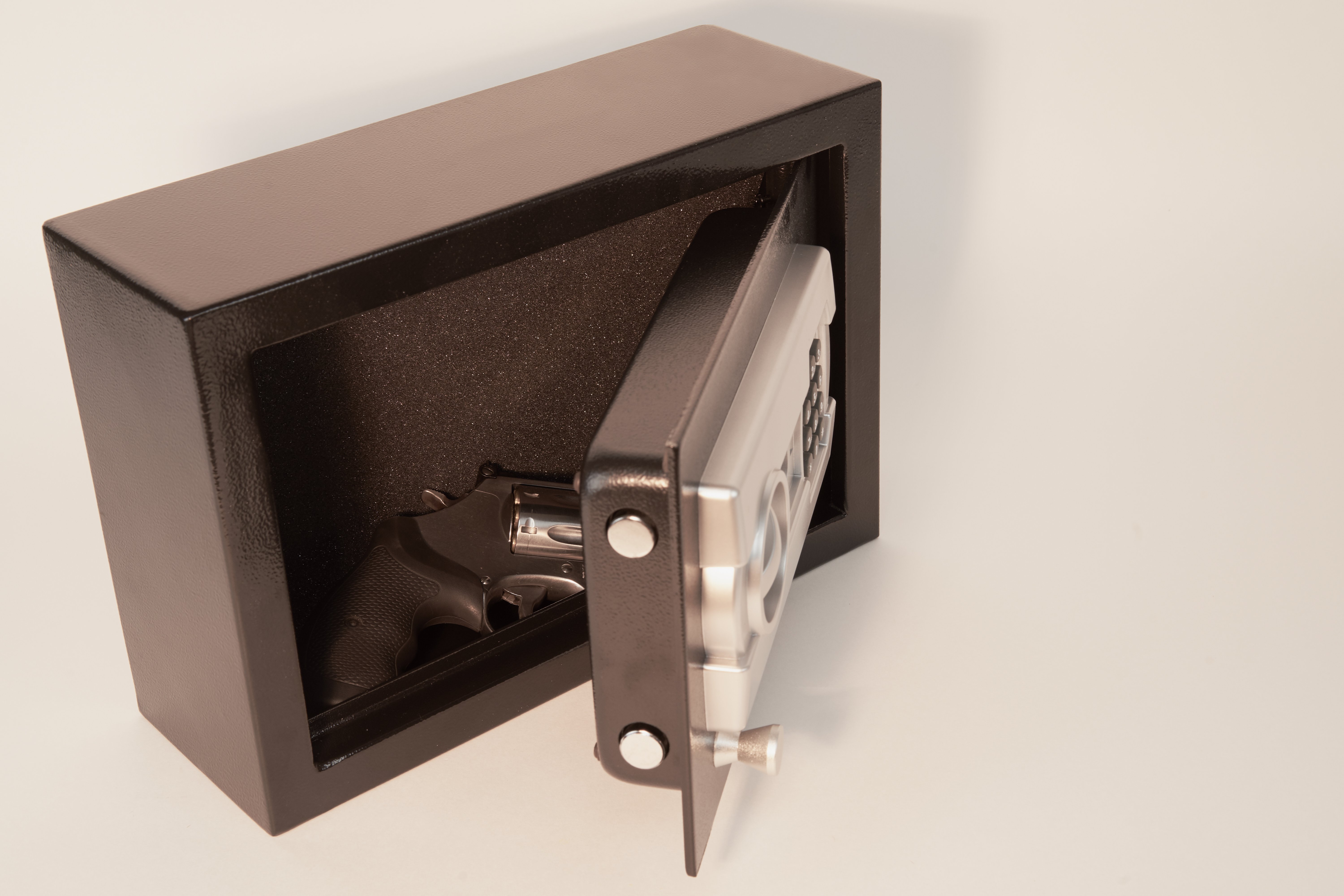COVID-19: Resilience & Innovation Beats Bankruptcy

Survival. There are many issues facing businesses of all sizes right now, and we have featured many of them in this blog.
However, surviving the pandemic is the number one challenge.
It would be easy to get lost in the gloom and the doom.
“The Pendulum Swings Back Towards Fear”, was the alarming headline on July 17th in The Deal Book, a daily business briefing from The New York Times.
The article reported that 3,600 companies have filed for Chapter 11 in the first half of 2020, more than any year since 2012. That’s a lot of dreams dashed and jobs lost, with stories of real suffering lying behind the numbers.
However, dig a little deeper, and it becomes clear, despite the incredible difficulties facing businesses, many have adapted, innovated and are managing to survive and, in a few cases, even thrive.
The story of how the resilience and creativity of businesses helps them to weather the storm was highlighted in the latest edition of the Well Being Index, which tracks the state of mind of business decision-makers, published by the Principal Financial Group. (The full report is available online.)
From their report, many small businesses appear to have worked out how to manage their businesses effectively during these difficult days. A few encouraging statistics:
- Only one in ten correspondents reported their businesses are "struggling" or "declining".
- More than four in ten reported their businesses to be "growing".
Here are the top 10 ways that businesses reported in the Well Being Index that they have adapted to survive:
- Increased cleaning & sanitation – 48%
- Allow more employees to work remotely – 39%
- Update physical space for social distancing – 38%
- Develop pandemic response plan – 28%
- Increase cash in hand – 26%
- New ways of contactless product & service delivery – 21%
- Reskill or retrain staff – 18%
- Add new products & services – 16%
- Add ecommerce options – 13%
- Permanently reduce workforce – 11%
A wonderful example of #6 on that list, “new ways of contactless product & delivery service”, is how a gift store in Queens, NY turned window shopping into a real business during the coronavirus pandemic. Since the store does not allow shoppers in the store, they have arranged products in its windows and on shelves near the doorway to entice people to shop, as reported by the Wall Street Journal.
Fashion brand Everlane Inc. now puts a range of merchandise in its store windows, not just the newest lines, with employees positioned near the entrance to share information about pricing and then fetch items from inside the store, completing the entire transaction at the curbside.
And let us give credit to the big businesses that have innovated.
Delta Air Lines in recent years always ranks highly with US travelers and it showed why on July 14th when it announced its quarterly results.
Delta shared with investors that to help employees and customers stay safe, it is blocking middle seats, capping plane load factor at 60% and modified boarding and deplaning.
Not all airlines appear to have taken the same steps for fear they would lose revenue.
To pay for these safety steps, Delta reported that it is reducing fuel expense and lowering costs with voluntary leave of absences, parking aircraft, consolidating facilities and eliminating all discretionary spending.
The game for businesses right now may be all about survival.
Many small and large businesses are bringing creativity and a sense of purpose to overcome the challenges in a way that will be remembered by customers when, finally, the virus diminishes its impact on daily life.
Learn how hundreds of organizations large and small are using our award-winning crisis management platform, In Case of Crisis, to better prepare for and respond faster to emerging threats.








